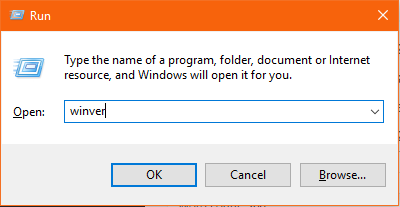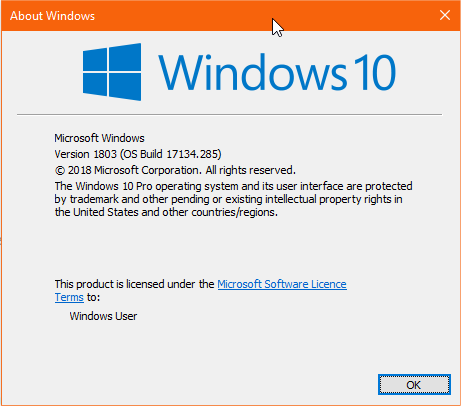Microsoft Office
Microsoft Office releases before Office 2016 are now too old to be used safely and should not be installed on your PC. None of these old versions are supported by Microsoft:
- Office 2000 – last updates released July 2009 (Details)
- Office XP – last updates released July 2011 (Details)
- Office 2003 – last updates released August 2014 (Details)
- Office 2007 – last updates released October 2017 (Details)
- Office 2010 – last updates released October 2020 (Details)
- Office 2013 – last updates released November 2023 (Details)
Microsoft Office releases after Office 2016 are still OK to use and continue to receive security updates:
- Office 2016 – updates continue until October 2025 (Details)
- Office 2019 – updates continue until October 2025 (Details)
- Office 2021 – updates continue until October 2026 (Details)
- Office 2024 – updates continue until October 2029 (Details)
- Office 365 is a subscription to the latest version of Office, so if you use that, you’re always up-to-date.
Microsoft Windows
Microsoft Windows released before Windows 10 are now too old to be used safely and should not be installed on your PC. None of these old versions are supported by Microsoft:
- Windows 95, Windows 98, Windows ME
- Windows NT, Windows 2000
- Windows XP – last updates released April 2014 (Details)
- Windows Vista – last updates released April 2017 (Details)
- Windows 7 – last updates released January 2020 (Details)
- Windows 8.1 – last updates released January 10 2023 (Details)
Microsoft Windows Windows 10 and Windows 11 are still OK to use and continue to receive security updates:
- Windows 10 – updates will continue until 14 October 2025 (Details)
- Windows 11 – updates will continue so long as you use a recent version of Windows 11 – see below
Windows 11
There are only four versions of Windows 11 so far, and only the latest two are still being updated. If you’re using Windows 11 22H2 or older, you will have stopped receiving updates.
| Windows 11 version | Build number | Released | Supported until |
| version 24H2 | 26100 | October 2024 | October 2026 |
| version 23H2 | 22631 | October 2023 | November 2025 |
| version 22H2 | 22621 | September 2022 | October 2024 |
| version 21H2 | 22000 | October 2021 | October 2023 |
Windows 10
Windows 10 was updated with big upgrades twice a year (each spring and autumn). Each of the major release of Windows 10 was supported for 18 months after its release, but now only the most recent update is supported. This means that you must make sure that you have the current version of Windows 10 installed because none of the others are supported now. The last update for Windows 10 will be in October 2025, so after this date, you must upgrade to Windows 11 (or more likely replace your PC).
| Windows 10 version | Build number | Released | Supported until |
| version 22H2 | 19045 | October 2022 | October 2025 |
| version 21H2 | 19044 | November 2021 | June 2023 |
| version 21H1 | 19043 | May 2021 | December 2022 |
| version 20H2 | 19042 | October 2020 | May 2022 |
| version 2004 | 19041 | May 2020 | December 2021 |
| version 1909 | 18363 | November 2019 | May 2021 |
| version 1903 | 18362 | May 2019 | December 2020 |
| version 1809 | 17763 | October 2018 | April 2020 |
| version 1803 | 17134 | April 2018 | November 2019 |
| version 1709 | 16299 | October 2017 | April 2019 |
| version 1703 | 15063 | April 2017 | October 2018 |
| version 1607 | 14393 | August 2016 | April 2018 |
| version 1511 | 10586 | 10 November 2015 | October 2017 |
| version 1507 | 10240 | July 2015 | May 2017 |
Which version of Windows do you have?
To identify which version of Windows you’re using, press Win + R and then type winver and press Enter
(The Win key is at the bottom left corner: it might say “Win” on it, but probably just has the Windows flag logo. It will be between the Control and Alt keys)


In the screenshot above, the PC is using version 1803 of Windows 10. If you’re using such an old version of Windows 10 today, you need to get it updated to a version which is still supported (see the table above).
